Is this a serious threat?
Monero is an open-source cryptocurrency that hackers like to mine using hacked computers. If you notice that you computer is running much slower than usual, you may have some kind of mining Trojan in your computer. It will use a lot of your CPU’s capacity and that will cause your computer to act sluggish and make programs take longer to respond. It is not difficult to spot these infections because besides the noticeably slower computer, a weird process will also appear in your Task Manager. You could have obtained one of these miners when you were browsing the Internet and pressed on a malicious ad or link. You need to be more careful, especially when visiting questionable websites. If you realize that you have this Trojan on your computer, make sure you delete Monero miner malware.
How does it infect a computer?
It is difficult to say how exactly you got the Trojan because it could have happened in a variety of ways. You could have opened a malicious email attachment, pressed on a weird link or it could have been placed by hackers directly into your computer. When you browse the Internet and open email attachments, you need to be careful of malware. Before you open email attachments, ensure that they are safe first, even if it seems to come from legitimate companies. You should also refrain from clicking on weird ads while browsing because they could lead to some serious infection. Having reliable anti-malware software installed is also a must as it could be the thing preventing hackers from taking advantage of your computer.

What does it do exactly?
Once the Trojan enters your computer, it will start using your computer’s resources to mine Monero and your computer will slow down severely. The miner will use more than 70% of your CPU’s power for a long time, which will make it run very hot. Not only will it make your computer act sluggish, it may also shorten your CPU’s lifespan. Programs will take longer to launch and websites will take forever to load. This makes it very easy to notice the infection. Although these are the symptoms of all kinds of different infections, you can easily check if you have a miner Trojan in Task Manager. Access it and look through the processes for anything questionable. If none of them seem suspicious, look for one with high CPU usage. If you find something, you must remove Monero miner immediately.
Monero removal
Manual Monero removal may be too difficult for you so you will need to obtain anti-malware software. Those programs are designed to delete Monero miners and similar threats so it should have no problems with this. Obtain one best suiting your needs and run a scan. When it locates it, allow it to remove Monero miner Trojan.
Offers
Download Removal Toolto scan for Monero Use our recommended removal tool to scan for Monero . Trial version of provides detection of computer threats like Monero and assists in its removal for FREE. You can delete detected registry entries, files and processes yourself or purchase a full version.
More information about SpyWarrior and Uninstall Instructions. Please review SpyWarrior EULA and Privacy Policy. SpyWarrior scanner is free. If it detects a malware, purchase its full version to remove it.

WiperSoft Review Details WiperSoft (www.wipersoft.com) is a security tool that provides real-time security from potential threats. Nowadays, many users tend to download free software from the Intern ...
Download|more


Is MacKeeper a virus? MacKeeper is not a virus, nor is it a scam. While there are various opinions about the program on the Internet, a lot of the people who so notoriously hate the program have neve ...
Download|more


While the creators of MalwareBytes anti-malware have not been in this business for long time, they make up for it with their enthusiastic approach. Statistic from such websites like CNET shows that th ...
Download|more
Quick Menu
Step 1. Uninstall Monero and related programs.
Remove Monero from Windows 8
Right-click in the lower left corner of the screen. Once Quick Access Menu shows up, select Control Panel choose Programs and Features and select to Uninstall a software.
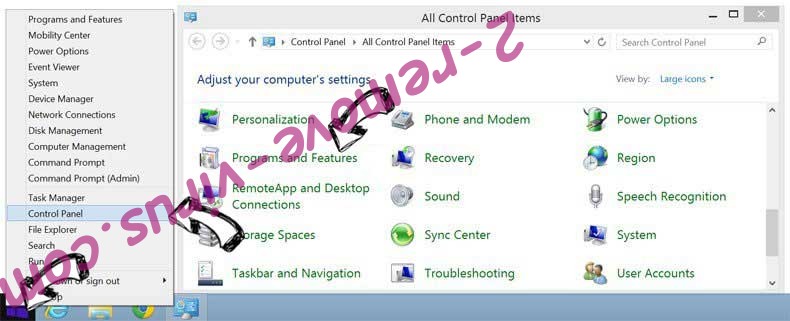

Uninstall Monero from Windows 7
Click Start → Control Panel → Programs and Features → Uninstall a program.
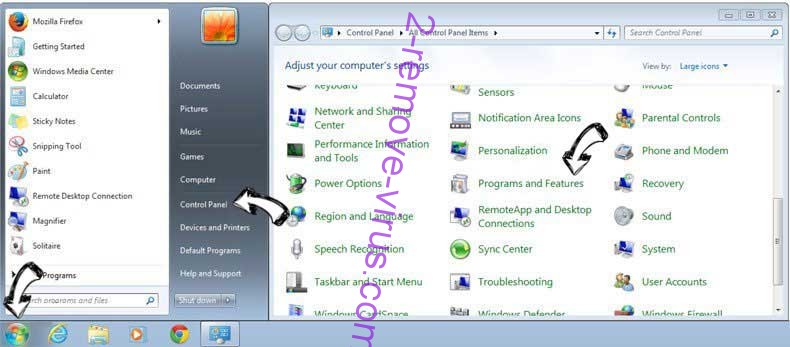

Delete Monero from Windows XP
Click Start → Settings → Control Panel. Locate and click → Add or Remove Programs.
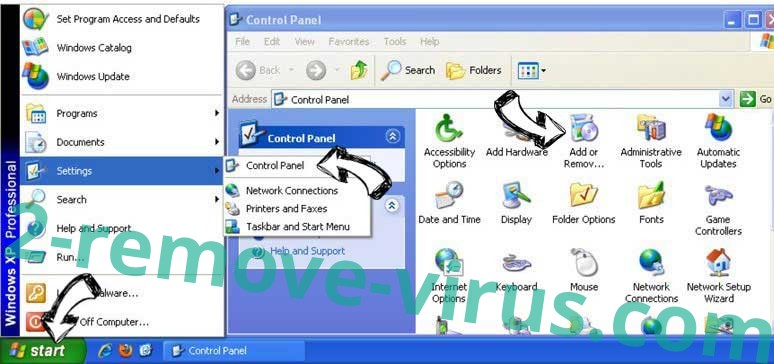

Remove Monero from Mac OS X
Click Go button at the top left of the screen and select Applications. Select applications folder and look for Monero or any other suspicious software. Now right click on every of such entries and select Move to Trash, then right click the Trash icon and select Empty Trash.
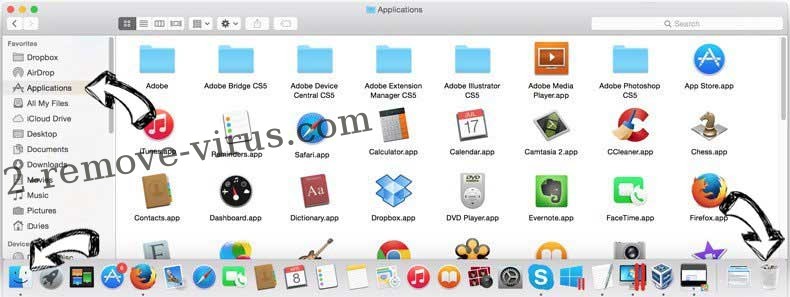

Step 2. Delete Monero from your browsers
Terminate the unwanted extensions from Internet Explorer
- Tap the Gear icon and go to Manage Add-ons.

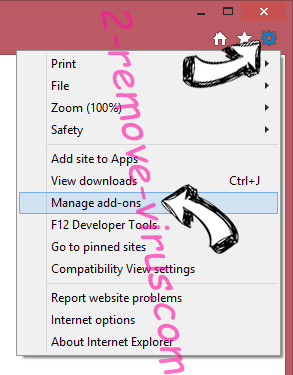
- Pick Toolbars and Extensions and eliminate all suspicious entries (other than Microsoft, Yahoo, Google, Oracle or Adobe)

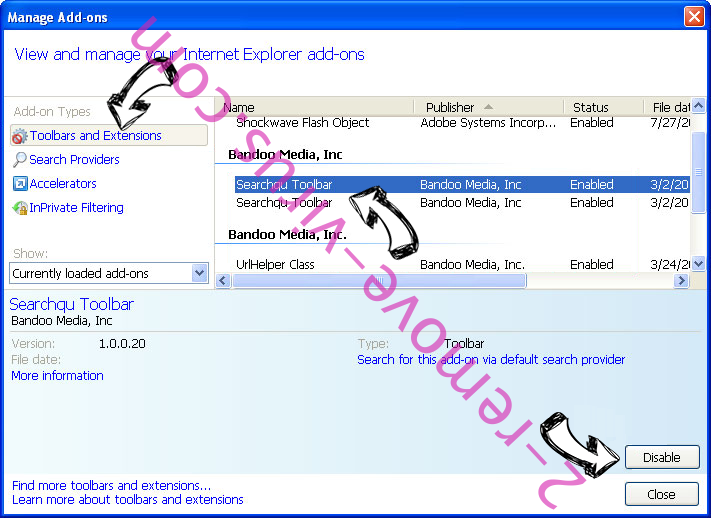
- Leave the window.
Change Internet Explorer homepage if it was changed by virus:
- Tap the gear icon (menu) on the top right corner of your browser and click Internet Options.

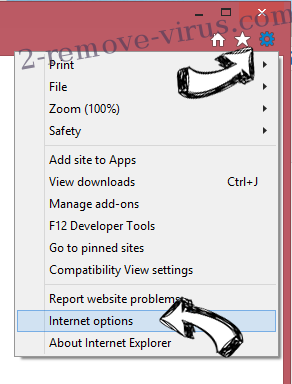
- In General Tab remove malicious URL and enter preferable domain name. Press Apply to save changes.

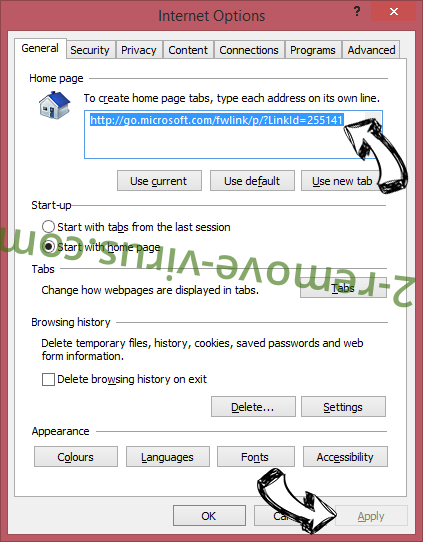
Reset your browser
- Click the Gear icon and move to Internet Options.

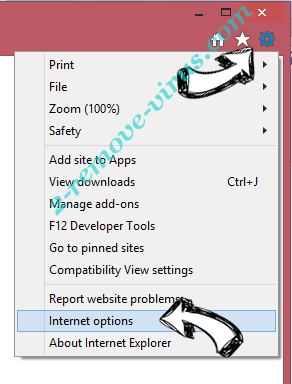
- Open the Advanced tab and press Reset.

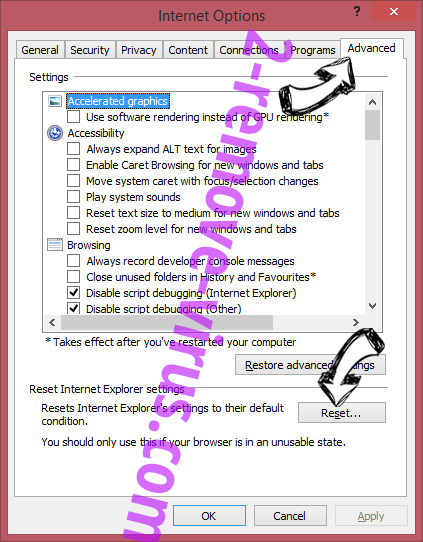
- Choose Delete personal settings and pick Reset one more time.

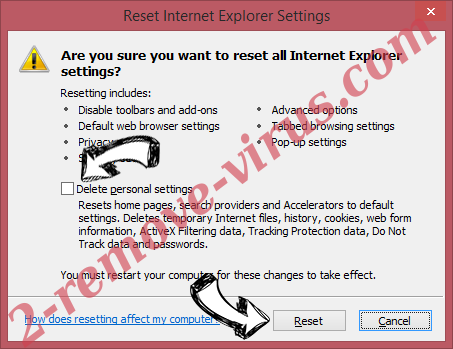
- Tap Close and leave your browser.

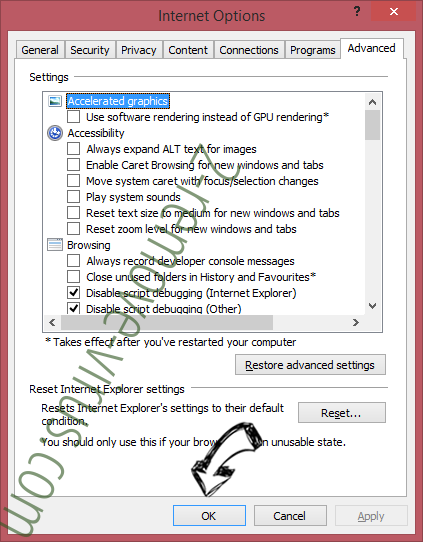
- If you were unable to reset your browsers, employ a reputable anti-malware and scan your entire computer with it.
Erase Monero from Google Chrome
- Access menu (top right corner of the window) and pick Settings.

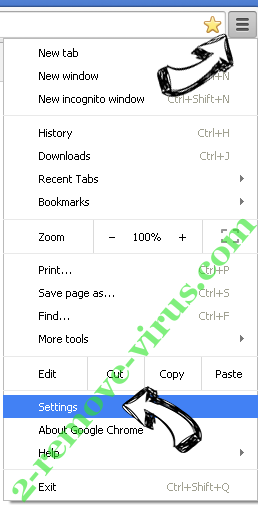
- Choose Extensions.

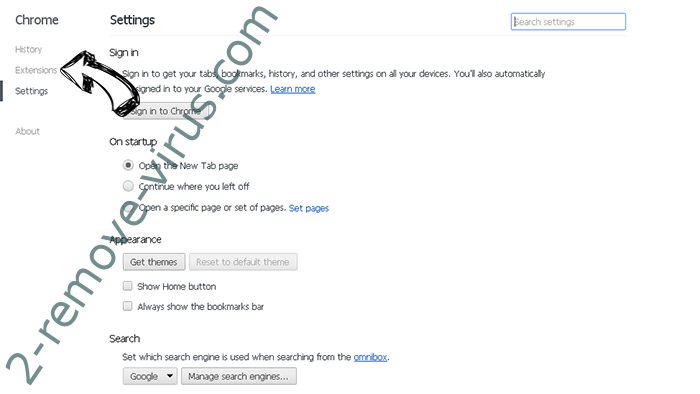
- Eliminate the suspicious extensions from the list by clicking the Trash bin next to them.

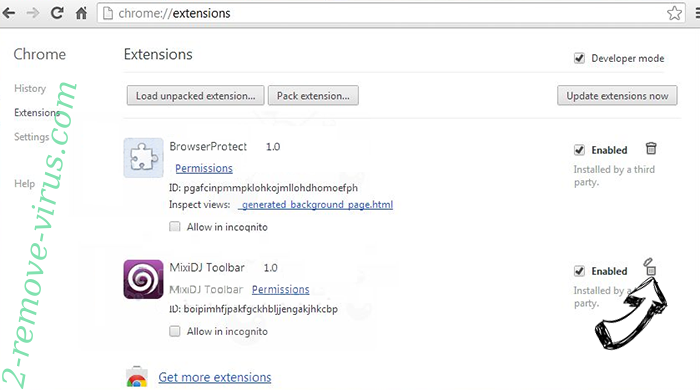
- If you are unsure which extensions to remove, you can disable them temporarily.

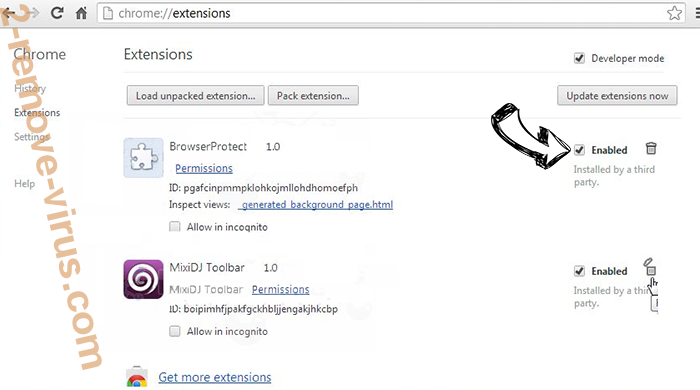
Reset Google Chrome homepage and default search engine if it was hijacker by virus
- Press on menu icon and click Settings.

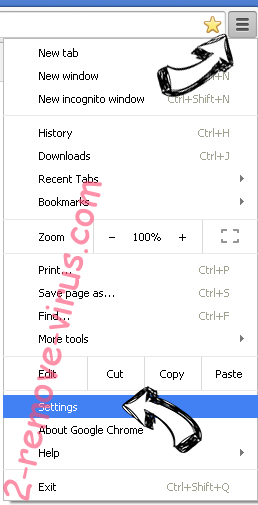
- Look for the “Open a specific page” or “Set Pages” under “On start up” option and click on Set pages.

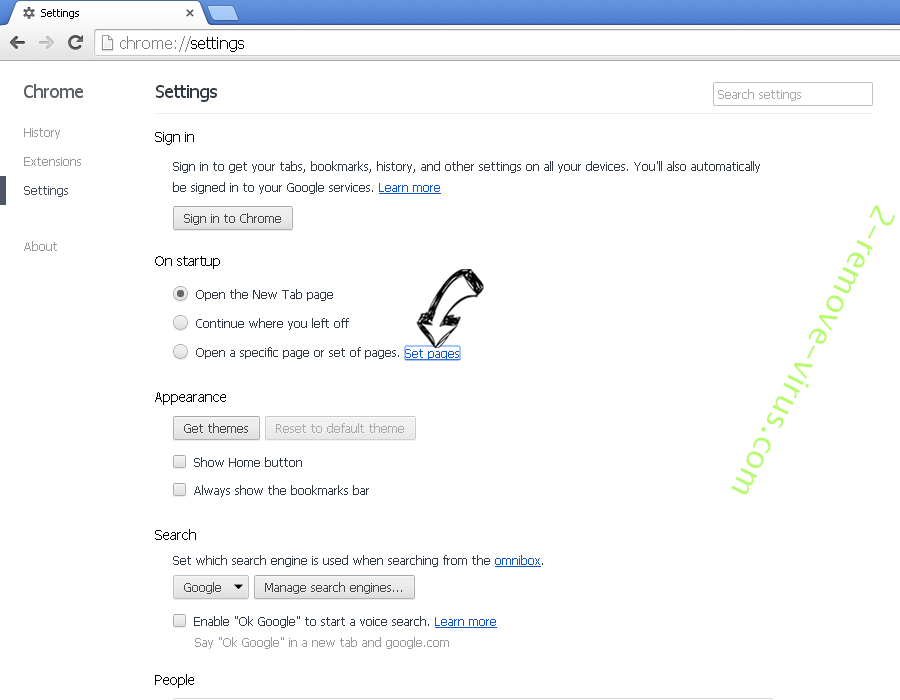
- In another window remove malicious search sites and enter the one that you want to use as your homepage.

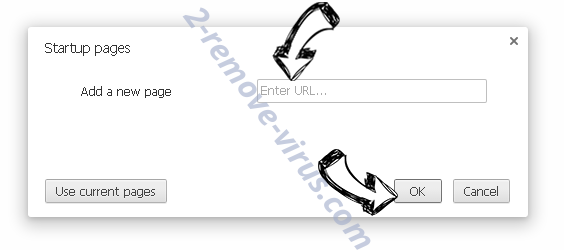
- Under the Search section choose Manage Search engines. When in Search Engines..., remove malicious search websites. You should leave only Google or your preferred search name.

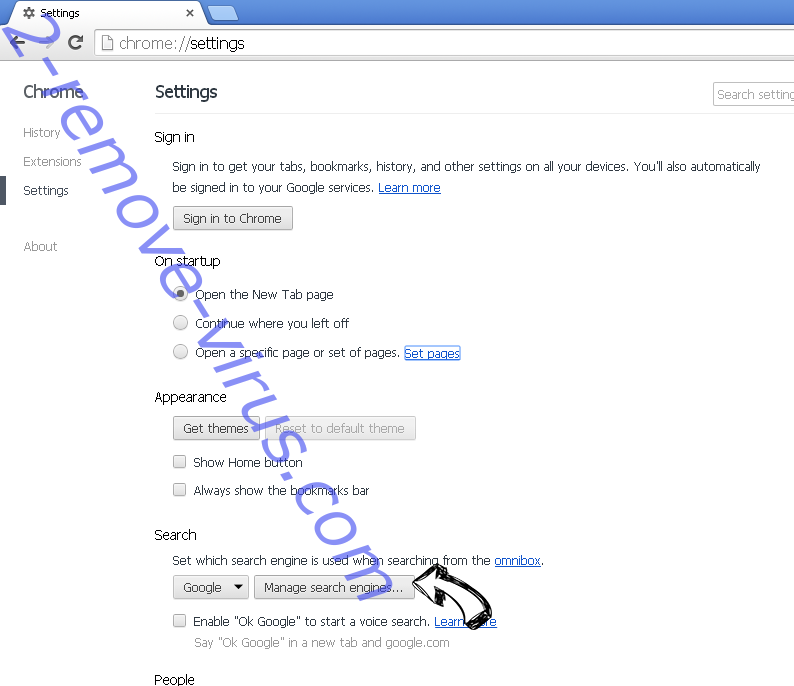

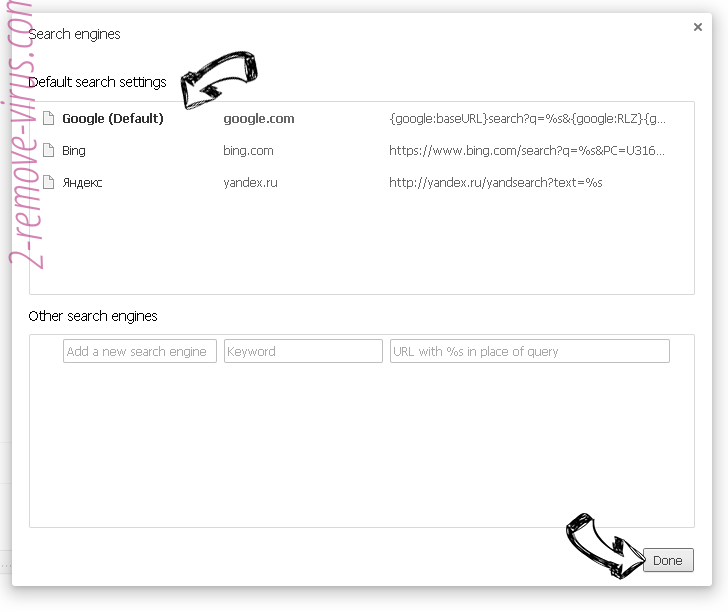
Reset your browser
- If the browser still does not work the way you prefer, you can reset its settings.
- Open menu and navigate to Settings.

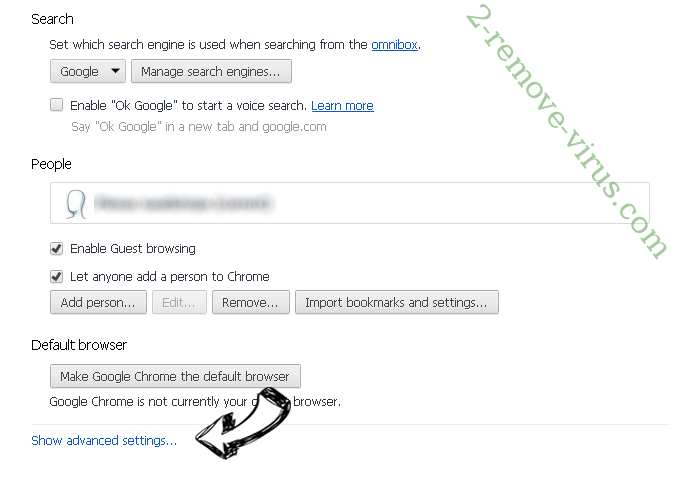
- Press Reset button at the end of the page.

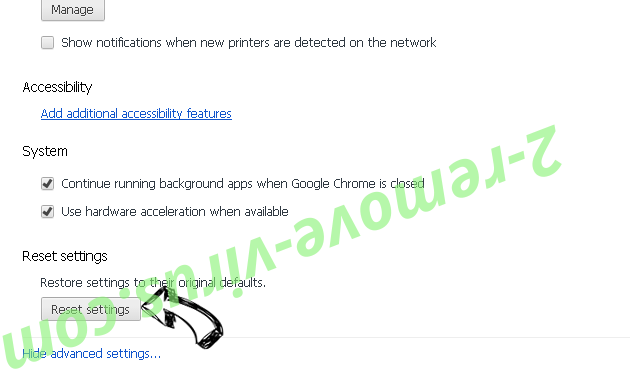
- Tap Reset button one more time in the confirmation box.

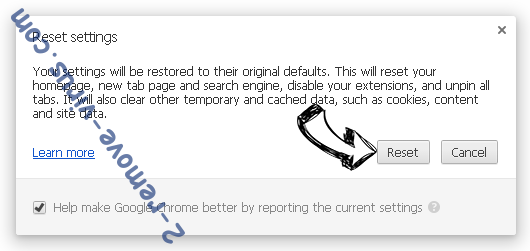
- If you cannot reset the settings, purchase a legitimate anti-malware and scan your PC.
Remove Monero from Mozilla Firefox
- In the top right corner of the screen, press menu and choose Add-ons (or tap Ctrl+Shift+A simultaneously).

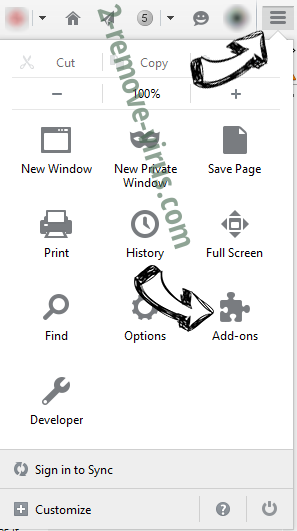
- Move to Extensions and Add-ons list and uninstall all suspicious and unknown entries.

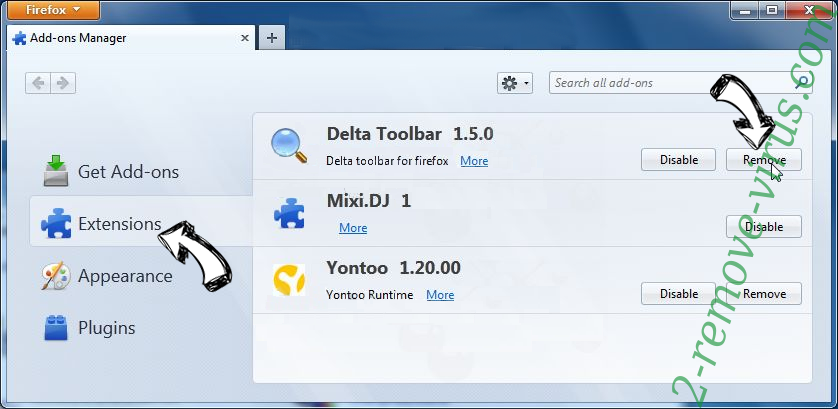
Change Mozilla Firefox homepage if it was changed by virus:
- Tap on the menu (top right corner), choose Options.

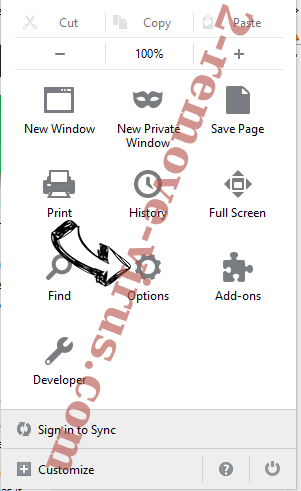
- On General tab delete malicious URL and enter preferable website or click Restore to default.

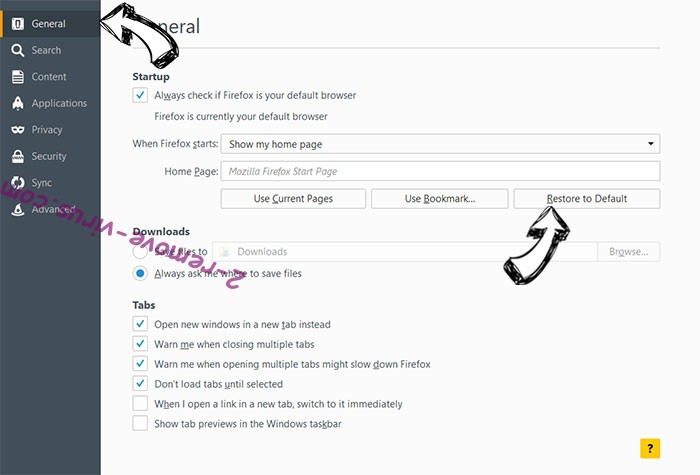
- Press OK to save these changes.
Reset your browser
- Open the menu and tap Help button.


- Select Troubleshooting Information.


- Press Refresh Firefox.


- In the confirmation box, click Refresh Firefox once more.

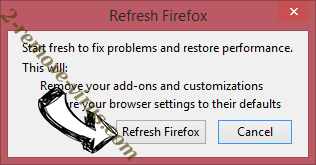
- If you are unable to reset Mozilla Firefox, scan your entire computer with a trustworthy anti-malware.
Uninstall Monero from Safari (Mac OS X)
- Access the menu.
- Pick Preferences.

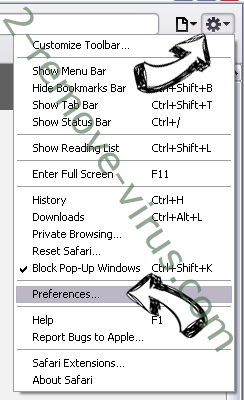
- Go to the Extensions Tab.

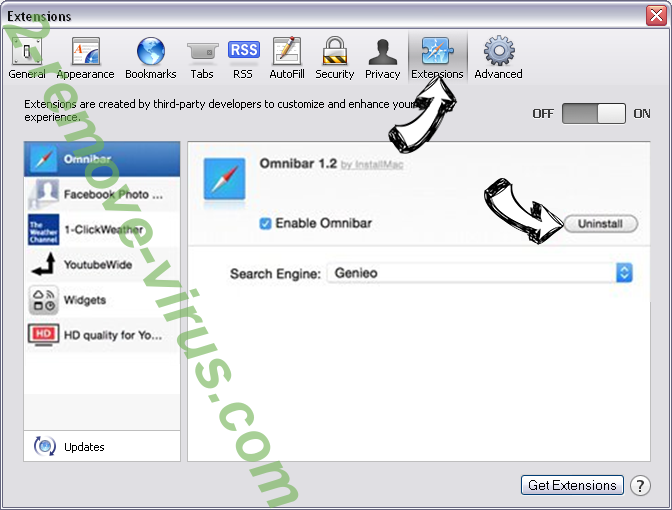
- Tap the Uninstall button next to the undesirable Monero and get rid of all the other unknown entries as well. If you are unsure whether the extension is reliable or not, simply uncheck the Enable box in order to disable it temporarily.
- Restart Safari.
Reset your browser
- Tap the menu icon and choose Reset Safari.

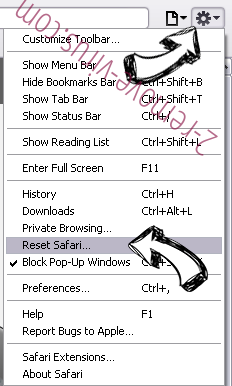
- Pick the options which you want to reset (often all of them are preselected) and press Reset.

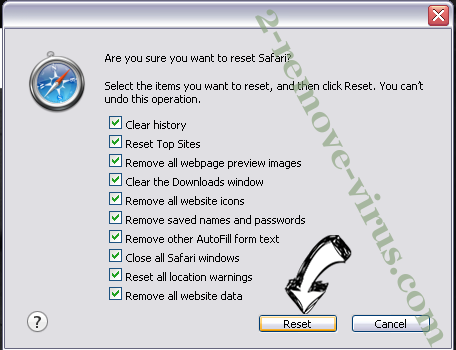
- If you cannot reset the browser, scan your whole PC with an authentic malware removal software.
Site Disclaimer
2-remove-virus.com is not sponsored, owned, affiliated, or linked to malware developers or distributors that are referenced in this article. The article does not promote or endorse any type of malware. We aim at providing useful information that will help computer users to detect and eliminate the unwanted malicious programs from their computers. This can be done manually by following the instructions presented in the article or automatically by implementing the suggested anti-malware tools.
The article is only meant to be used for educational purposes. If you follow the instructions given in the article, you agree to be contracted by the disclaimer. We do not guarantee that the artcile will present you with a solution that removes the malign threats completely. Malware changes constantly, which is why, in some cases, it may be difficult to clean the computer fully by using only the manual removal instructions.
